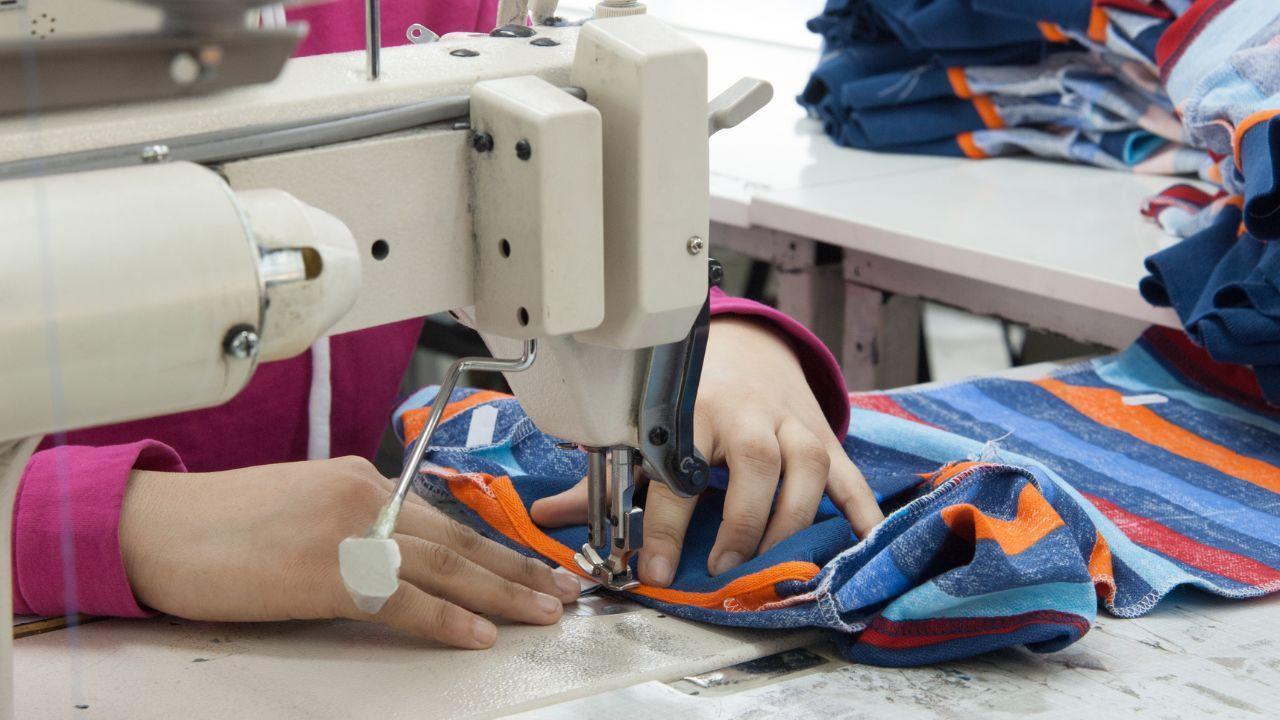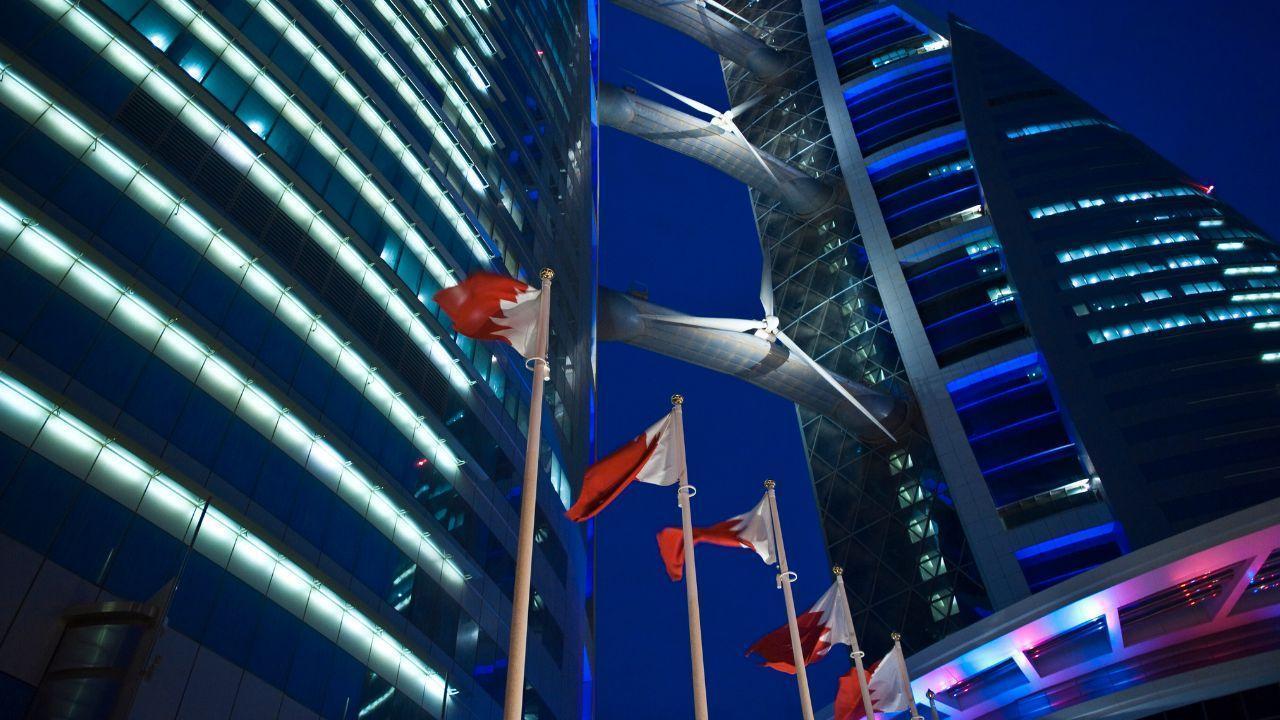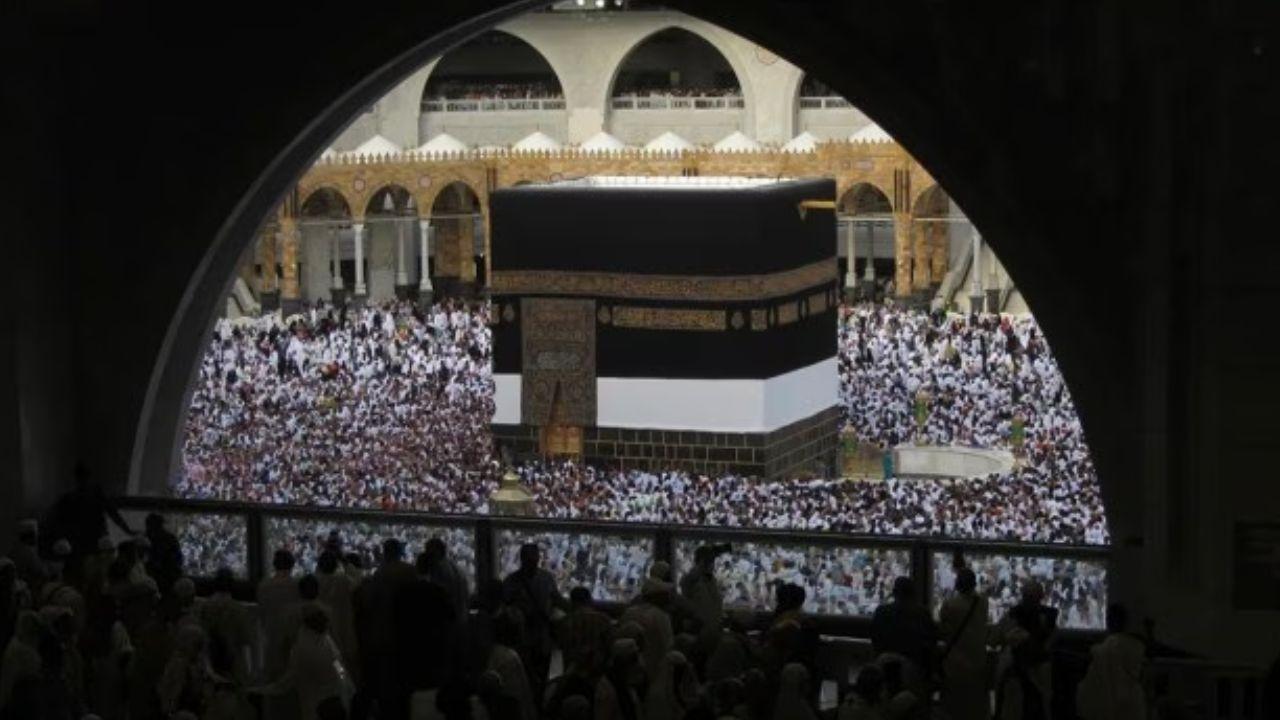
Post by: Vansh Kumar
Clothing and textiles are more than just fabrics we wear to protect ourselves from the elements. They are reflections of culture, history, and technology. From the rudimentary fibers used by our ancient ancestors to the sophisticated fabrics of today, The Evolution of Clothing and Textiles Through the Ages is a fascinating journey that highlights human creativity and innovation. This journey through time reveals how clothing has not only kept us warm but also expressed identity, status, and cultural shifts.
In the earliest stages of human history, the primary function of clothing was to provide protection against harsh climates. Early humans relied on natural materials such as animal hides, furs, and plant-based fibers to create their garments. These primitive textiles were not only functional but also played a role in social and cultural rituals.
The first known use of textiles dates back to around 30,000 years ago, where early humans began weaving fibers from plants such as flax and hemp. The use of these materials allowed for more flexibility in clothing, which, in turn, enabled people to adapt to a variety of environmental conditions.
As civilizations began to emerge, the evolution of clothing and textiles took a significant leap forward. In ancient Egypt, Mesopotamia, and China, weaving techniques were developed to create more intricate and durable fabrics. The Egyptians, for instance, are known for their linen garments, which were made from the fibers of the flax plant. Linen was lightweight, breathable, and ideal for the hot desert climate.
In ancient China, silk became the fabric of choice for the elite. The art of silk weaving was so closely guarded that it was a secret for centuries, and its trade sparked one of the most important trade routes in history—the Silk Road. This route connected China to Europe and Africa, spreading silk, cotton, and other textiles across the world.
Meanwhile, in Mesopotamia, wool became the dominant fabric for clothing. Early loom systems were invented, allowing for the mass production of textiles, a technological leap that influenced fashion for generations to come.
By the Middle Ages, the evolution of clothing and textiles had reached a new height. The demand for luxurious fabrics grew, especially among the wealthy elite. Wool remained a popular fabric, but new materials such as silk, velvet, and brocade started to appear. These materials were often reserved for nobility, and clothing became a powerful symbol of status and wealth.
In Europe, the medieval period saw the development of elaborate dyeing techniques. The use of natural dyes from plants, minerals, and insects created a vibrant palette of colors, with purple often reserved for royalty due to the expensive process of obtaining it. In fact, the symbolism of colors in clothing began to emerge during this time, with each color representing a particular social class or occupation.
The invention of the spinning wheel during the Middle Ages allowed for the mass production of yarn, further advancing textile production. This led to a more widespread availability of fabric and marked the beginning of the more complex textile trade.
The Renaissance period marked a period of cultural rebirth, and with it, the evolution of clothing and textiles became more elaborate and refined. The demand for intricate fabrics such as damask, brocade, and satin surged, as the wealthy class sought to express their status through their clothing. Tailoring and embroidery became highly specialized skills, and clothing styles became more extravagant and individualized.
The introduction of the printing press in the 15th century revolutionized textile design. Fabrics could now be printed with intricate patterns and motifs, making them more accessible and affordable. At the same time, the discovery of new fabrics, such as cotton and linen from India, began to influence European textile markets. Cotton’s softness and versatility made it a popular fabric for everyday wear.
The Industrial Revolution of the 18th and 19th centuries radically transformed the evolution of clothing and textiles. With the advent of mechanized looms, spinning machines, and mass production techniques, textiles could now be produced on a large scale. This led to the democratization of fashion, as clothing became more affordable and accessible to the general population.
The invention of the sewing machine in the mid-19th century further accelerated textile production. This invention allowed for faster and more precise stitching, enabling manufacturers to produce clothing in bulk. As a result, ready-made garments became widely available, changing the way people approached fashion and clothing.
At the same time, synthetic dyes and fibers were introduced. The creation of nylon, polyester, and acrylic fabrics during the 20th century provided affordable alternatives to natural fibers, further revolutionizing the fashion industry. This period also saw the rise of global fashion brands, making textiles and clothing a significant part of global commerce.
Today, the evolution of clothing and textiles continues to advance at an astonishing rate. With the advent of digital printing, 3D weaving, and smart fabrics, the future of fashion looks more innovative than ever. Digital technologies are enabling designers to create complex patterns and textures that were once impossible to achieve. The use of sustainable fabrics and eco-friendly materials is also gaining traction, as the fashion industry strives to reduce its environmental impact.
Fabrics like organic cotton, bamboo, and recycled polyester are being incorporated into modern clothing lines, and there is a growing demand for sustainable production methods. Innovations like wearable technology, which integrates electronics into textiles, are shaping the future of fashion. Smart clothing, including garments that can monitor health metrics or change color based on the environment, is becoming a reality.
The Evolution of Clothing and Textiles Through the Ages is a captivating journey through history that explores how fabrics and fashion have evolved from ancient times to the present day. Starting with primitive materials like animal hides and plant fibers, clothing advanced through significant historical milestones, such as the development of weaving in ancient civilizations and the introduction of silk along the Silk Road. The article highlights key periods, including the Middle Ages, the Renaissance, and the Industrial Revolution, where new textiles and technologies reshaped the fashion industry. In modern times, the evolution of clothing and textiles continues with innovations in sustainable fabrics and wearable technology. The article emphasizes how clothing has transformed from a basic necessity to an expression of culture, status, and creativity.
The information presented in this article is for informational purposes only and reflects the historical journey of the evolution of clothing and textiles. While efforts have been made to ensure accuracy, DXB News Network does not guarantee the completeness or accuracy of the content. The views and opinions expressed in this article are those of the author and do not necessarily reflect the official policy or position of DXB News Network. Readers are encouraged to verify facts independently before making any decisions based on the information provided.
#trending #latest #ClothingHistory #TextileEvolution #FashionThroughAges #TextileHistory #ClothingInnovation #SustainableFashion #FashionRevolution #HistoricalTextiles #ModernFashion #CulturalTextiles #breakingnews #worldnews #headlines #topstories #globalUpdate #dxbnewsnetwork #dxbnews #dxbdnn #dxbnewsnetworkdnn #bestnewschanneldubai #bestnewschannelUAE #bestnewschannelabudhabi #bestnewschannelajman #bestnewschannelofdubai #popularnewschanneldubai

Saudi Arabia hosted the 3rd IMFC meeting, leading global talks on financial stability and inclusive growth....Read More.

Explore 2025's biggest cinematic hits you can't miss...Read More.














Saudi May Pause Visas for Indians, Pakistanis Before Hajj
Saudi Arabia may stop Umrah visas for 14 countries before Hajj 2025 to avoid crowding and ensure saf

Sheikh Abdullah urges Gaza ceasefire in Israel talks
UAE's Sheikh Abdullah pushes for Gaza truce, hostage release, and more aid during meeting with Israe

Marc Leishman wins LIV Golf Miami with bogey-free final round
Leishman fires a clean 68 to win LIV Golf Miami by one shot. Ripper GC takes team title as Charl Sch

Diljit Dosanjh & Will Smith Dance to Punjabi Beats!
Diljit Dosanjh met Will Smith, danced to Punjabi song Case, and shared the fun video on Instagram. F

IndiGo Crew Accused After Child's Necklace Goes Missing
A mother alleged her daughter’s gold necklace went missing mid-flight. A case was filed against an I